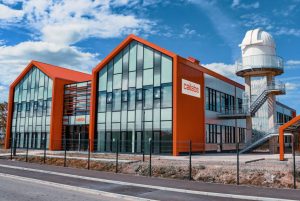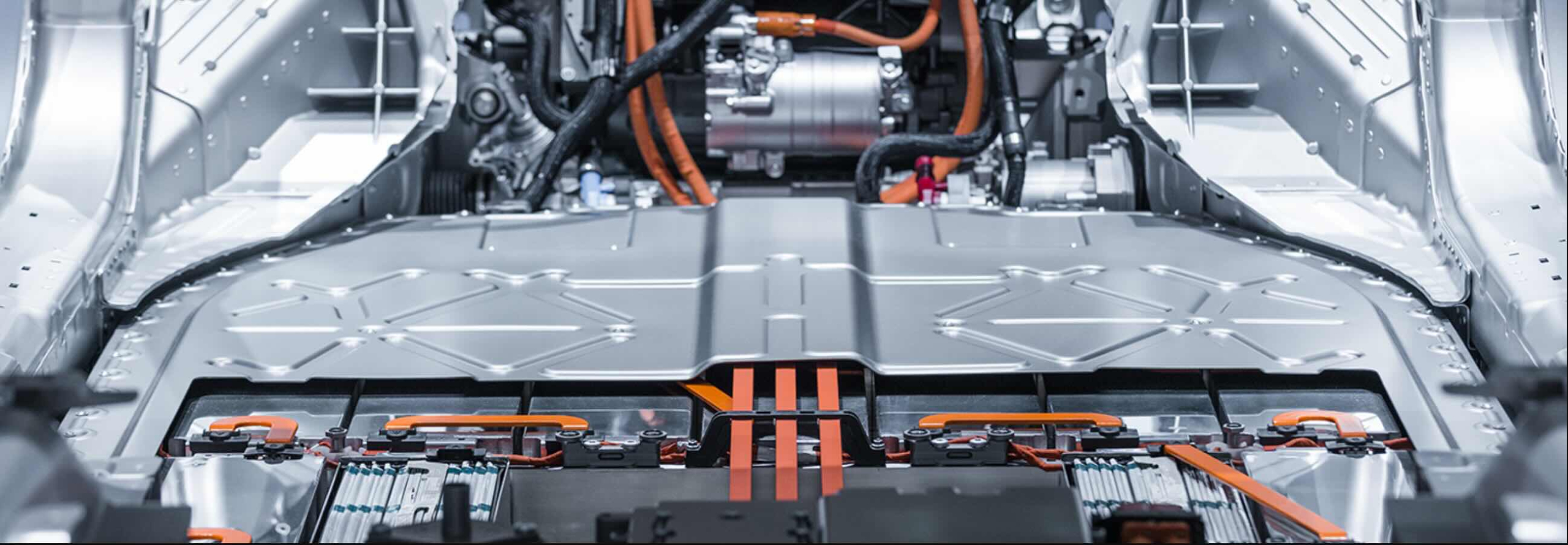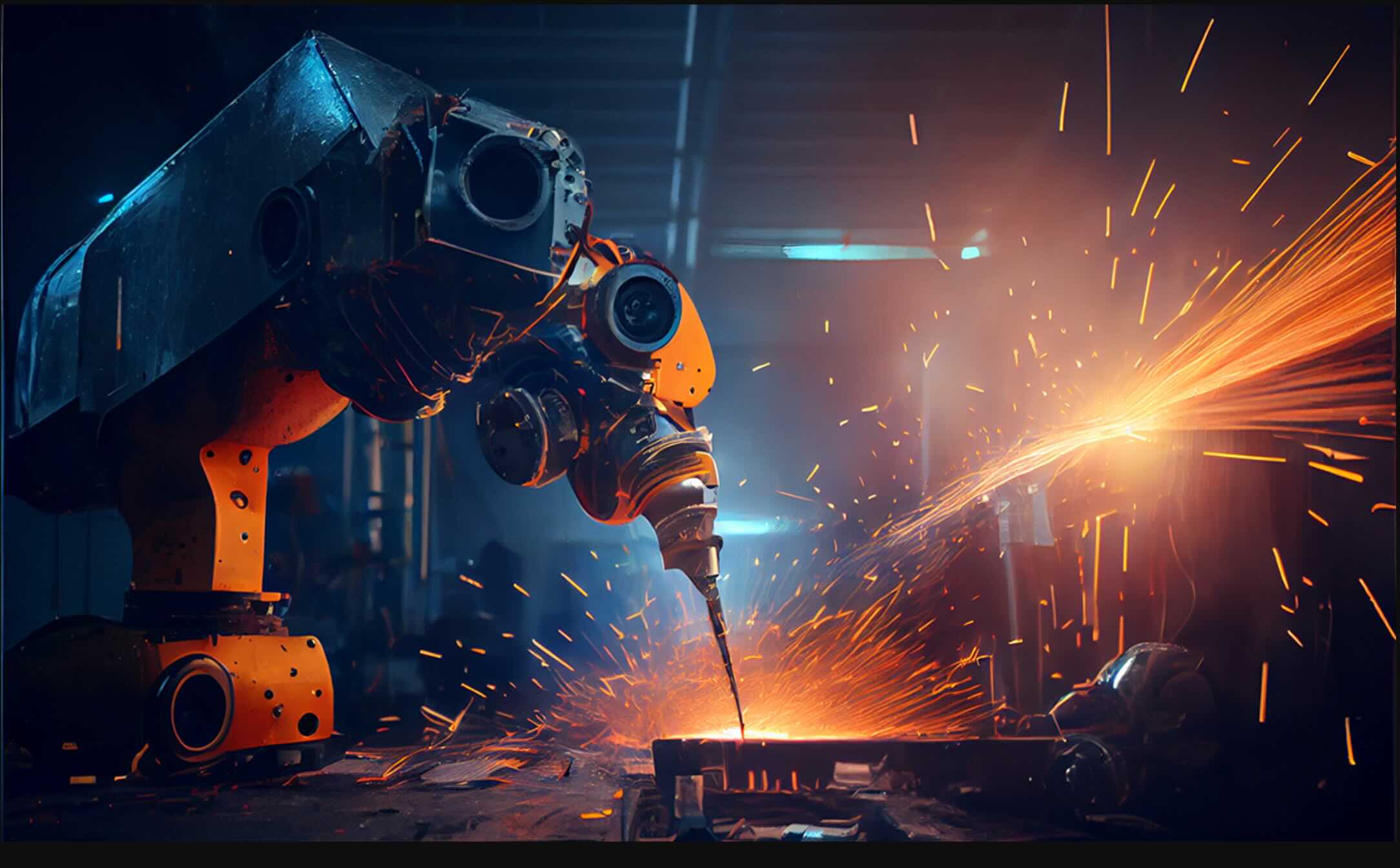Upgrading your network infrastructure in the middle of a fiber shortage

Circumstantial reasons for the fiber shortage
This situation has been brought about by current market conditions: increased demand, decisions by manufacturers to halt production, insufficient or inadequate production capacity, and production stoppages in China due to the pandemic.
We should therefore expect a relatively quick return to normal lead times once production resources have been adjusted and investment in local supply chains is ramped up, rather than relying heavily on Asia for our manufacturing needs. Mike Bell, GM of Corning, explained this in late 2021, justifying the company’s investment in production lines in Poland to support demand in Europe, and in factories in Mexico to fulfill deliveries for North America(2).
Let’s hope that this crisis is temporary and we can legitimately expect a gradual return to normal in 2023. However, if we take a step back, there are more fundamental reasons to question the future of the fiber optics industry.
Systemic factors affecting the future
Fiber optic cables are essentially made of plastic and glass (silica), two widely-available raw materials that have not suffered from stock shortages to date. However, demand is continually increasing, and reserves are limited(3,4).
Of course, it is unlikely that optical fiber manufacturers will discover overnight that they have run out of industrial sand, or that the last drop of oil has been extracted from the earth’s subsoil.
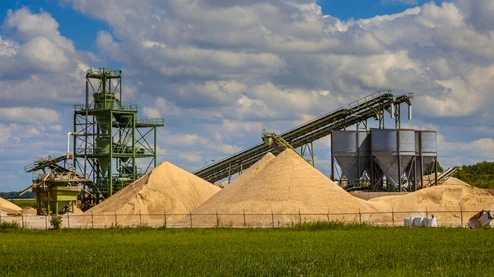
However, we know that raw materials are becoming more and more inaccessible, requiring increasingly sophisticated extraction techniques for progressively complex environments.
For example, conventional oil extraction likely reached its peak between 2010 and 2020, so future production will turn to unconventional oil (shale oil, oil sands, deep water extraction), whose complex and costly extraction processes will no doubt impact profitability.
Oil will not disappear tomorrow, because the peak is simply the cross section between cost of extraction, which keeps on increasing, and the maximum price we are willing to pay for a barrel.
This in turn has a direct impact on the price of raw materials and therefore on the price of the finished product, not to mention transportation costs, which are also likely to soar in the coming decade. Combined with the inexorable increase in demand, it is likely that the hike in prices will continue over the long term.
Fiber is available, but there is no one to install it…
The final weak point concerns the skilled labor required to install hundreds of millions of miles of fiber optic cable each year. Demand is growing, but the number of technicians is not increasing at the same rate. Many projects are on hold or postponed due to a shortage of technicians, who are unable to keep up with demand(7).
AROONA, a passive solution that increases the bandwidth of existing fiber
AROONA is a passive box that converts existing limited-bandwidth multimode fiber (OM1/2/3/4, etc.) into single-mode fiber with much higher throughput rates.
AROONA maximizes the existing infrastructure, thus removing the need for rewiring, circumventing supply constraints and remaining relatively unaffected by increasing raw material prices.
In addition, by installing AROONA, the network upgrade lead time is reduced by up to 10 times, and installation technicians are required for shorter periods (a few hours up to a few days depending on the number of links). Technicians only need to work on the network cabinets, so the installation is greatly simplified.
Recycling cables – mission impossible? If so, just keep using them!
Although the individual plastic and glass components of fiber optic cables can technically be recycled, separating the materials is quite difficult and time consuming.
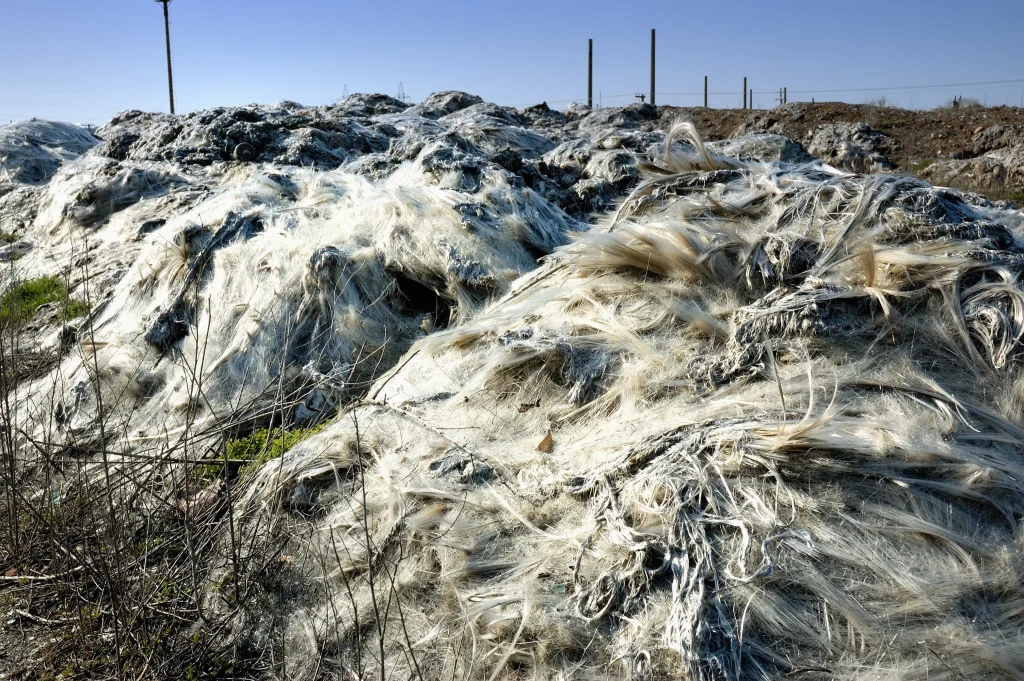
Worse still, the scrap value (i.e. the direct market value of the basic materials) is very low. In addition, some of the materials, like Kevlar, used to reinforce the cable cannot be recycled.
As a result, when old cables are replaced with new fiber, they are usually destroyed or stored in landfills, with the resulting environmental impact: optical fiber discarded nearly 40 years ago can still be found in landfills, and experts believe that cable waste could take more than 500 years to decompose.
The AROONA solution converts very old fiber without changing its optical properties, and for periods potentially exceeding 100 years(5).
Environmental impact of fiber production
In addition to the recycling issues mentioned, there is the environmental cost of manufacturing fiber-optic cable.
From the extraction of raw materials, to the energy required for the manufacturing processes (extrusion, lamination, etc.), to transportation, producing optical fiber generates phenomenal amounts of CO2(6). We should also remember that glass is made from the fusion of sand at 1.500°C!
When a LAN has existing cabling, the environmental impact of upgrading the infrastructure can be greatly reduced (by up to a factor of 100) by opting for a solution that boosts the throughput of existing fiber rather than replacing it with new fiber.
Upgrading an infrastructure by installing the AROONA solution instead of ripping and replacing the optical fiber can significantly reduce the carbon impact.
Several tons of C02 can be saved on each project, impacting the energy consumption of manufacturing processes, and the issues of recycling old fiber, not to mention the carbon footprint of transportation and civil works!
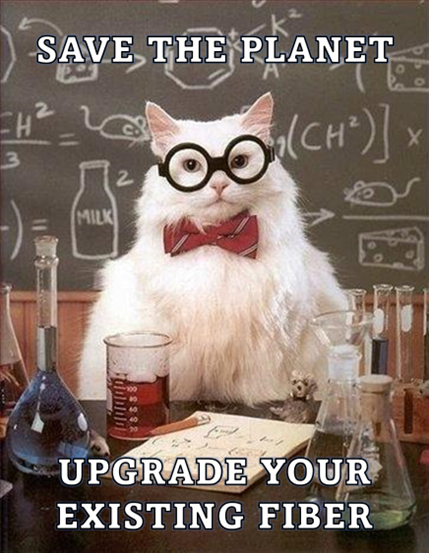
Sources:
(1) “AT&T delays 500,000 fiber-to-the-home builds due to severe fiber shortage” – Read the article
(2) “Corning GM says fiber lead times are ‘much longer’ than a month” – Read the article
(3) “What is industrial sand” – Industrial Minerals Association – Read the article
(4) “Sand becomes “increasingly scarce and expensive”, threatening glassmaking and construction – Dezeen – Read the article
(5) “Lifetime Prediction of Fiber Optic Cable Materials for Nuclear Power Applications: Evaluation of Failure Mechanism, End of Life Criteria and Test Methodology” Read the publication
(6) What is the environmental impact of providing high-throughput connectivity for your campus? – Read the blog article
(7) “Labor shortages in broadband are likely to slow deployment” – The Center for Growth and Opportunity or the views at the Utah State University – Read the article

By Jean-Philippe Gauthier
Jean-Philippe Gauthier holds a PhD in Physics from INSA Rennes (2011). After working for five years in industry as a project manager in connected objects and Industry 4.0, he joined Cailabs in 2020 as pre-sales engineer for the AROONA product range.
